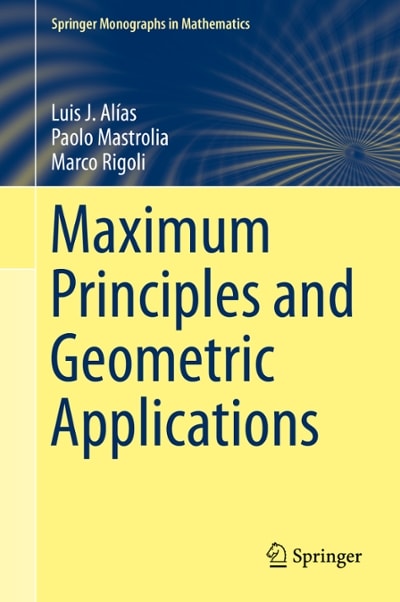Question
6.4 - Directional Derivative & Gradient In #1-4, for the given function & point p & vector ?v (a) Find the gradient of the function
6.4 - Directional Derivative & Gradient
In #1-4, for the given function & point p & vector ?v
(a) Find the gradient of the function (b) find
the gradient at the point p (c) find the maximum rate of change at the point p (d) find the unit
vector in the direction of the greatest rate of change at p (e) Find the directional derivative of the
function at the given point p in the direction of the vector ?v
1. f(x,y) = y/x ... p=(3,2) ... ?v
= (-1,-2)
2. g(x,y) = x4y2 - 3x2y3 ... p=(3,-2) ... ?v
= (4,3)
3. f(x,y) = x
x2+y2 ... p=(2,1) ... ?v
=(3,5)
4. h(r,s) = ln(r2+2s) ... p=(4,-1) ... ?v
= (0.6, 0.8)
Also,
5. For 32 = x2+y4 at the point (-4,2), find the normal vector & the tangent vector.
6. For z = 2xy2 - ln(y), at the point (3,1,6), (a) find the normal vector (b) find the equation of
the normal line ... bonus: (c) find the equation of the tangent plane.
7. Find the derivative of f(x,y) = x ln(x+y) in the direction of the given angle, assuming the
gradient is angle 0 [in other words, this is the measure of the angle between the gradient
and the direction vector] (a) 0 (b) ? (c) ?/4 (d) ?/3

Step by Step Solution
There are 3 Steps involved in it
Step: 1

Get Instant Access to Expert-Tailored Solutions
See step-by-step solutions with expert insights and AI powered tools for academic success
Step: 2

Step: 3

Ace Your Homework with AI
Get the answers you need in no time with our AI-driven, step-by-step assistance
Get Started


